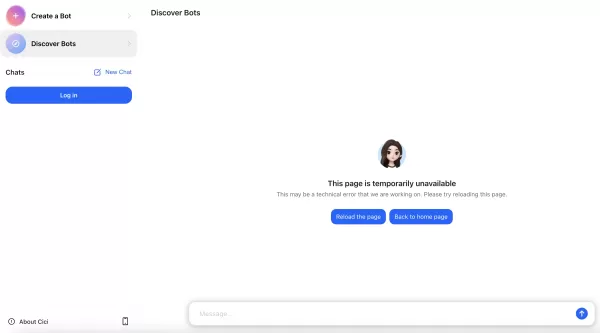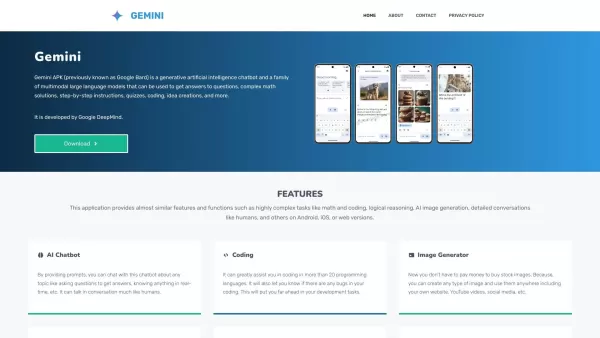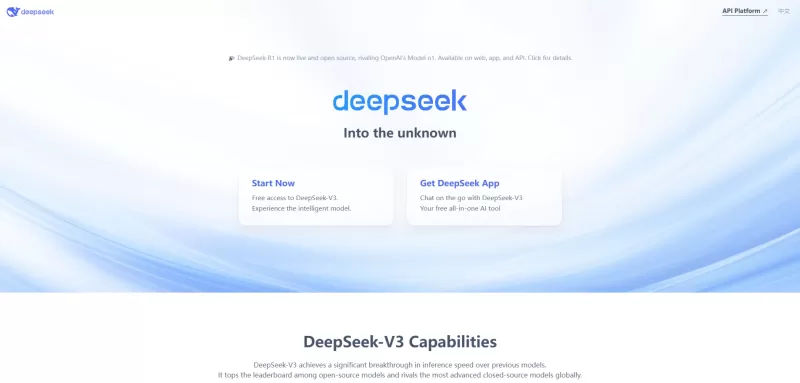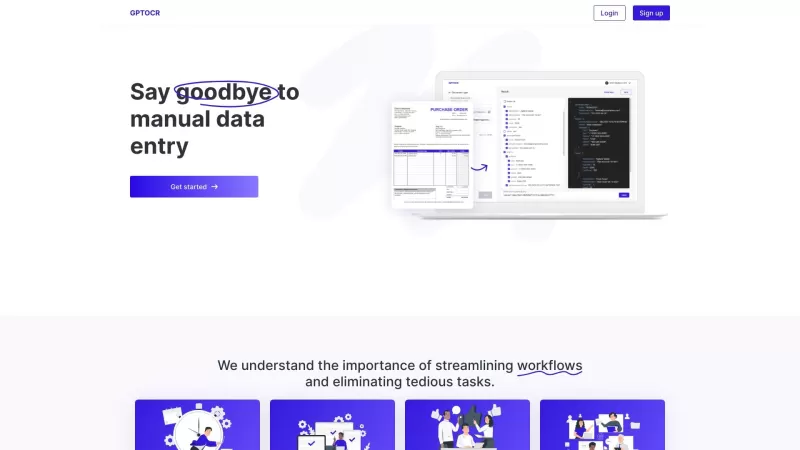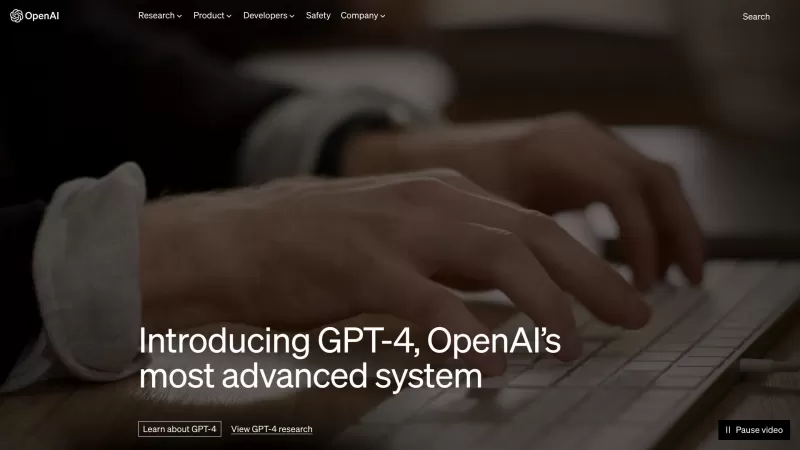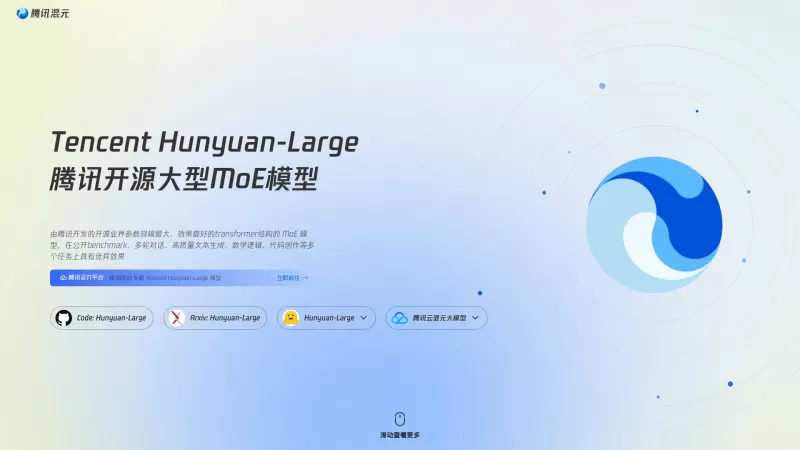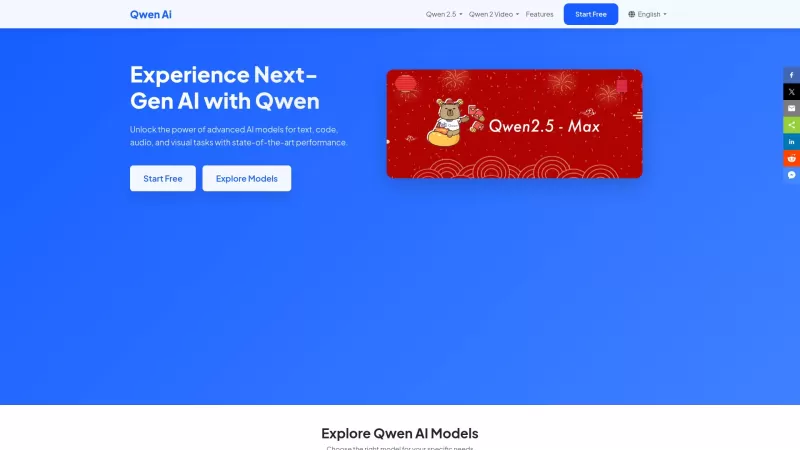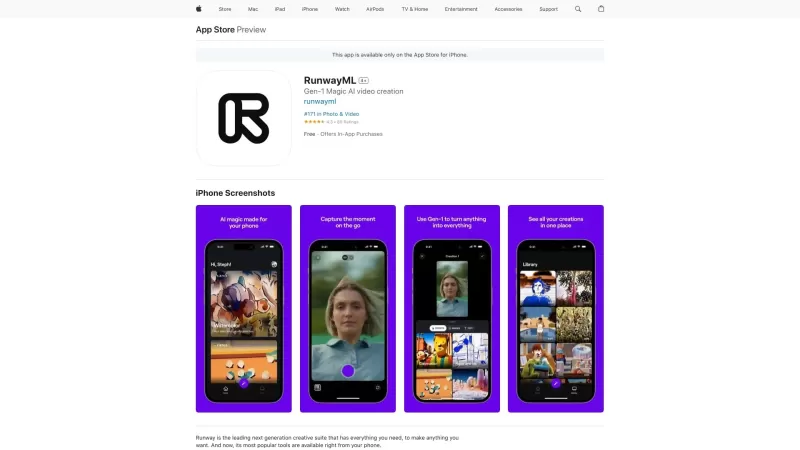DeepSeek-V3 Unveiled: How Hardware-Aware AI Design Slashes Costs and Boosts Performance
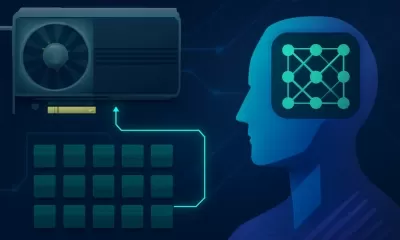
DeepSeek-V3: A Cost-Efficient Leap in AI Development
The AI industry is at a crossroads. While large language models (LLMs) grow more powerful, their computational demands have skyrocketed, making cutting-edge AI development prohibitively expensive for most organizations. DeepSeek-V3 challenges this trend by proving that intelligent hardware-software co-design—not just brute-force scaling—can achieve state-of-the-art performance at a fraction of the cost.
Trained on just 2,048 NVIDIA H800 GPUs, DeepSeek-V3 leverages breakthroughs like Multi-head Latent Attention (MLA), Mixture of Experts (MoE), and FP8 mixed-precision training to maximize efficiency. This model isn’t just about doing more with less—it’s about redefining how AI should be built in an era of tightening budgets and hardware constraints.
The AI Scaling Challenge: Why Bigger Isn’t Always Better
The AI industry follows a simple but costly rule: bigger models + more data = better performance. Giants like OpenAI, Google, and Meta deploy clusters with tens of thousands of GPUs, making it nearly impossible for smaller teams to compete.
But there’s a deeper problem—the AI memory wall.
- Memory demand grows 1000%+ per year, while high-speed memory capacity increases by less than 50%.
- During inference, multi-turn conversations and long-context processing require massive caching, pushing hardware to its limits.
This imbalance means memory, not compute, is now the bottleneck. Without smarter approaches, AI progress risks stagnation—or worse, monopolization by a handful of tech giants.
DeepSeek-V3’s Hardware-Aware Revolution
Instead of throwing more GPUs at the problem, DeepSeek-V3 optimizes for hardware efficiency from the ground up.
1. Multi-head Latent Attention (MLA) – Slashing Memory Use
Traditional attention mechanisms cache Key-Value vectors for every token, consuming excessive memory. MLA compresses these into a single latent vector, reducing memory per token from 516 KB (LLaMA-3.1) to just 70 KB—a 7.3x improvement.
2. Mixture of Experts (MoE) – Only Activate What You Need
Instead of running the entire model for every input, MoE dynamically selects the most relevant expert sub-networks, cutting unnecessary computation while maintaining model capacity.
3. FP8 Mixed-Precision Training – Doubling Efficiency
Switching from 16-bit to 8-bit floating-point precision halves memory usage without sacrificing training quality, directly tackling the AI memory wall.
4. Multi-Token Prediction – Faster, Cheaper Inference
Rather than generating one token at a time, DeepSeek-V3 predicts multiple future tokens in parallel, speeding up responses through speculative decoding.
Key Lessons for the AI Industry
- Efficiency > Raw Scale – Bigger models aren’t always better. Smart architecture choices can outperform brute-force scaling.
- Hardware Should Shape Model Design – Instead of treating hardware as a limitation, integrate it into the AI development process.
- Infrastructure Matters – DeepSeek-V3’s Multi-Plane Fat-Tree network slashes cluster networking costs, proving that optimizing infrastructure is as crucial as model design.
- Open Research Accelerates Progress – By sharing their methods, DeepSeek helps the entire AI community avoid redundant work and push boundaries faster.
The Bottom Line: A More Accessible AI Future
DeepSeek-V3 proves that high-performance AI doesn’t require endless resources. With MLA, MoE, and FP8 training, it delivers top-tier results at a fraction of the cost, opening doors for smaller labs, startups, and researchers.
As AI evolves, efficiency-focused models like DeepSeek-V3 will be essential—ensuring progress remains sustainable, scalable, and accessible to all.
The message is clear: The future of AI isn’t just about who has the most GPUs—it’s about who uses them the smartest.
Related article
 DeepSeek-GRM: Revolutionizing Scalable, Cost-Efficient AI for Businesses
If you're running a business, you know how tough it can be to integrate Artificial Intelligence (AI) into your operations. The high costs and technical complexity often put advance
DeepSeek-GRM: Revolutionizing Scalable, Cost-Efficient AI for Businesses
If you're running a business, you know how tough it can be to integrate Artificial Intelligence (AI) into your operations. The high costs and technical complexity often put advance
 New Technique Enables DeepSeek and Other Models to Respond to Sensitive Queries
Removing bias and censorship from large language models (LLMs) like China's DeepSeek is a complex challenge that has caught the attention of U.S. policymakers and business leaders, who see it as a potential national security threat. A recent report from a U.S. Congress select committee labeled DeepS
New Technique Enables DeepSeek and Other Models to Respond to Sensitive Queries
Removing bias and censorship from large language models (LLMs) like China's DeepSeek is a complex challenge that has caught the attention of U.S. policymakers and business leaders, who see it as a potential national security threat. A recent report from a U.S. Congress select committee labeled DeepS
 Former DeepSeeker and collaborators release new method for training reliable AI agents: RAGEN
The Year of AI Agents: A Closer Look at 2025's Expectations and Realities2025 was heralded by many experts as the year when AI agents—specialized AI systems powered by advanced large language and multimodal models from companies like OpenAI, Anthropic, Google, and DeepSeek—would finally take center
Comments (3)
0/200
Former DeepSeeker and collaborators release new method for training reliable AI agents: RAGEN
The Year of AI Agents: A Closer Look at 2025's Expectations and Realities2025 was heralded by many experts as the year when AI agents—specialized AI systems powered by advanced large language and multimodal models from companies like OpenAI, Anthropic, Google, and DeepSeek—would finally take center
Comments (3)
0/200
![JustinAnderson]() JustinAnderson
JustinAnderson
 August 27, 2025 at 11:01:28 AM EDT
August 27, 2025 at 11:01:28 AM EDT
¡Vaya, DeepSeek-V3 suena a un cambio de juego! Reducir costos y mejorar rendimiento es clave para democratizar la IA. ¿Será que por fin veremos modelos potentes sin gastar una fortuna? 😎


 0
0
![JustinJohnson]() JustinJohnson
JustinJohnson
 August 16, 2025 at 5:00:59 PM EDT
August 16, 2025 at 5:00:59 PM EDT
DeepSeek-V3 sounds like a game-changer! Cutting costs while boosting performance? That's the kind of innovation we need in AI. Excited to see how it shakes up the industry! 🚀


 0
0
![EricLopez]() EricLopez
EricLopez
 August 8, 2025 at 7:00:59 AM EDT
August 8, 2025 at 7:00:59 AM EDT
This article blew my mind! DeepSeek-V3's hardware-aware design is such a game-changer, slashing costs while boosting performance. Can't wait to see how it shakes up the AI industry! 🤯


 0
0

DeepSeek-V3: A Cost-Efficient Leap in AI Development
The AI industry is at a crossroads. While large language models (LLMs) grow more powerful, their computational demands have skyrocketed, making cutting-edge AI development prohibitively expensive for most organizations. DeepSeek-V3 challenges this trend by proving that intelligent hardware-software co-design—not just brute-force scaling—can achieve state-of-the-art performance at a fraction of the cost.
Trained on just 2,048 NVIDIA H800 GPUs, DeepSeek-V3 leverages breakthroughs like Multi-head Latent Attention (MLA), Mixture of Experts (MoE), and FP8 mixed-precision training to maximize efficiency. This model isn’t just about doing more with less—it’s about redefining how AI should be built in an era of tightening budgets and hardware constraints.
The AI Scaling Challenge: Why Bigger Isn’t Always Better
The AI industry follows a simple but costly rule: bigger models + more data = better performance. Giants like OpenAI, Google, and Meta deploy clusters with tens of thousands of GPUs, making it nearly impossible for smaller teams to compete.
But there’s a deeper problem—the AI memory wall.
- Memory demand grows 1000%+ per year, while high-speed memory capacity increases by less than 50%.
- During inference, multi-turn conversations and long-context processing require massive caching, pushing hardware to its limits.
This imbalance means memory, not compute, is now the bottleneck. Without smarter approaches, AI progress risks stagnation—or worse, monopolization by a handful of tech giants.
DeepSeek-V3’s Hardware-Aware Revolution
Instead of throwing more GPUs at the problem, DeepSeek-V3 optimizes for hardware efficiency from the ground up.
1. Multi-head Latent Attention (MLA) – Slashing Memory Use
Traditional attention mechanisms cache Key-Value vectors for every token, consuming excessive memory. MLA compresses these into a single latent vector, reducing memory per token from 516 KB (LLaMA-3.1) to just 70 KB—a 7.3x improvement.
2. Mixture of Experts (MoE) – Only Activate What You Need
Instead of running the entire model for every input, MoE dynamically selects the most relevant expert sub-networks, cutting unnecessary computation while maintaining model capacity.
3. FP8 Mixed-Precision Training – Doubling Efficiency
Switching from 16-bit to 8-bit floating-point precision halves memory usage without sacrificing training quality, directly tackling the AI memory wall.
4. Multi-Token Prediction – Faster, Cheaper Inference
Rather than generating one token at a time, DeepSeek-V3 predicts multiple future tokens in parallel, speeding up responses through speculative decoding.
Key Lessons for the AI Industry
- Efficiency > Raw Scale – Bigger models aren’t always better. Smart architecture choices can outperform brute-force scaling.
- Hardware Should Shape Model Design – Instead of treating hardware as a limitation, integrate it into the AI development process.
- Infrastructure Matters – DeepSeek-V3’s Multi-Plane Fat-Tree network slashes cluster networking costs, proving that optimizing infrastructure is as crucial as model design.
- Open Research Accelerates Progress – By sharing their methods, DeepSeek helps the entire AI community avoid redundant work and push boundaries faster.
The Bottom Line: A More Accessible AI Future
DeepSeek-V3 proves that high-performance AI doesn’t require endless resources. With MLA, MoE, and FP8 training, it delivers top-tier results at a fraction of the cost, opening doors for smaller labs, startups, and researchers.
As AI evolves, efficiency-focused models like DeepSeek-V3 will be essential—ensuring progress remains sustainable, scalable, and accessible to all.
The message is clear: The future of AI isn’t just about who has the most GPUs—it’s about who uses them the smartest.
 New Technique Enables DeepSeek and Other Models to Respond to Sensitive Queries
Removing bias and censorship from large language models (LLMs) like China's DeepSeek is a complex challenge that has caught the attention of U.S. policymakers and business leaders, who see it as a potential national security threat. A recent report from a U.S. Congress select committee labeled DeepS
New Technique Enables DeepSeek and Other Models to Respond to Sensitive Queries
Removing bias and censorship from large language models (LLMs) like China's DeepSeek is a complex challenge that has caught the attention of U.S. policymakers and business leaders, who see it as a potential national security threat. A recent report from a U.S. Congress select committee labeled DeepS
 Former DeepSeeker and collaborators release new method for training reliable AI agents: RAGEN
The Year of AI Agents: A Closer Look at 2025's Expectations and Realities2025 was heralded by many experts as the year when AI agents—specialized AI systems powered by advanced large language and multimodal models from companies like OpenAI, Anthropic, Google, and DeepSeek—would finally take center
Former DeepSeeker and collaborators release new method for training reliable AI agents: RAGEN
The Year of AI Agents: A Closer Look at 2025's Expectations and Realities2025 was heralded by many experts as the year when AI agents—specialized AI systems powered by advanced large language and multimodal models from companies like OpenAI, Anthropic, Google, and DeepSeek—would finally take center
 August 27, 2025 at 11:01:28 AM EDT
August 27, 2025 at 11:01:28 AM EDT
¡Vaya, DeepSeek-V3 suena a un cambio de juego! Reducir costos y mejorar rendimiento es clave para democratizar la IA. ¿Será que por fin veremos modelos potentes sin gastar una fortuna? 😎


 0
0
 August 16, 2025 at 5:00:59 PM EDT
August 16, 2025 at 5:00:59 PM EDT
DeepSeek-V3 sounds like a game-changer! Cutting costs while boosting performance? That's the kind of innovation we need in AI. Excited to see how it shakes up the industry! 🚀


 0
0
 August 8, 2025 at 7:00:59 AM EDT
August 8, 2025 at 7:00:59 AM EDT
This article blew my mind! DeepSeek-V3's hardware-aware design is such a game-changer, slashing costs while boosting performance. Can't wait to see how it shakes up the AI industry! 🤯


 0
0

